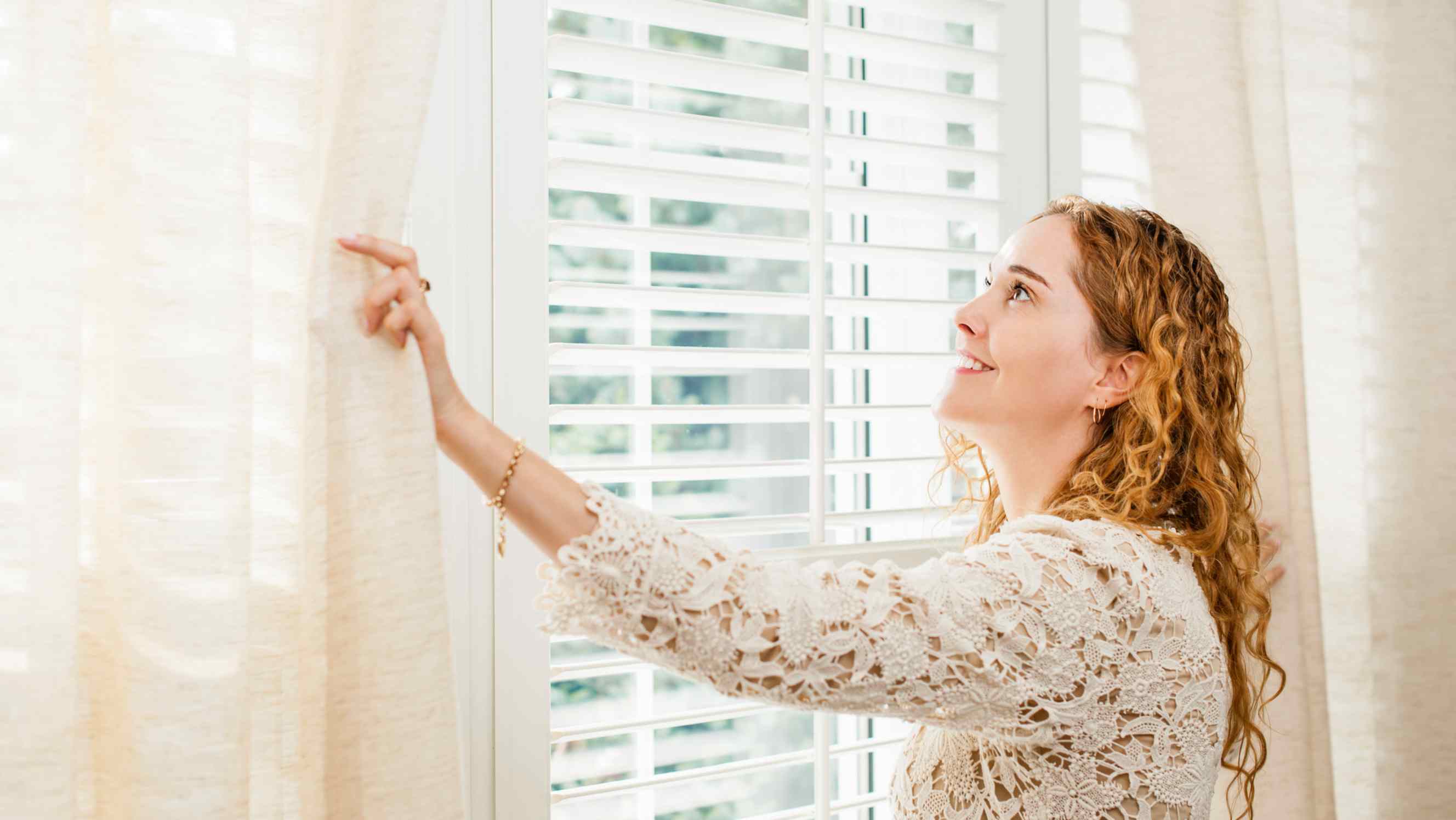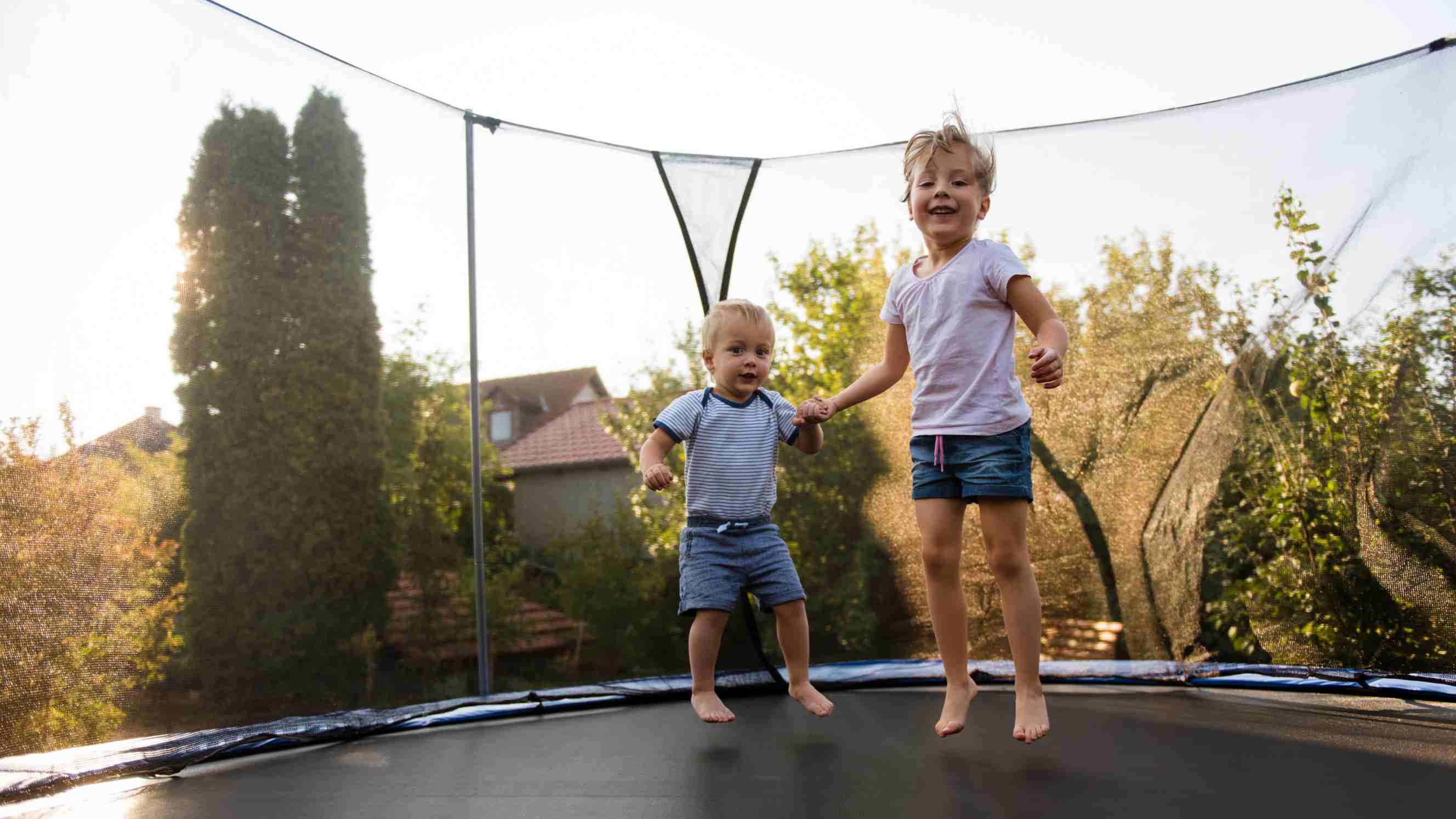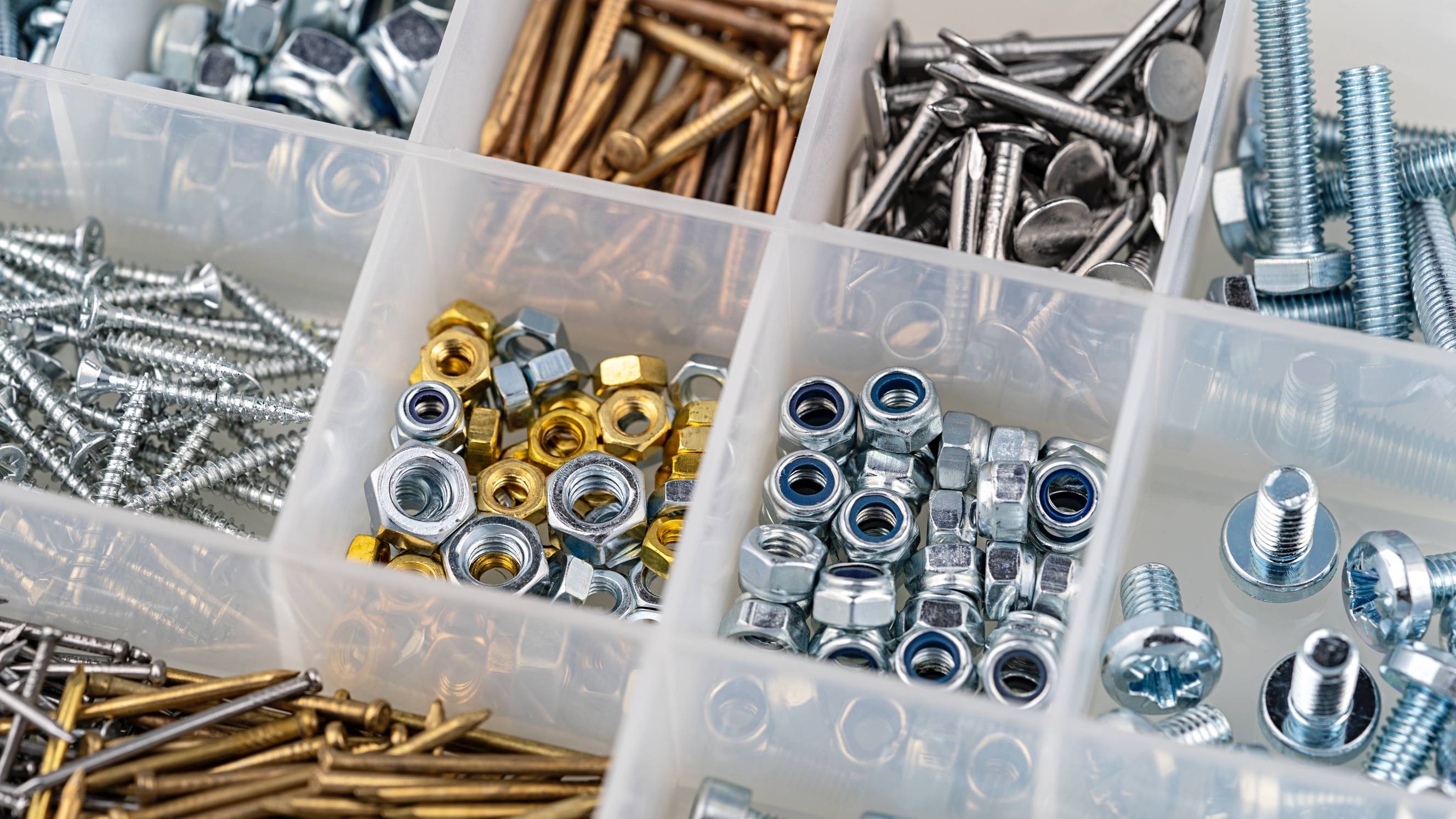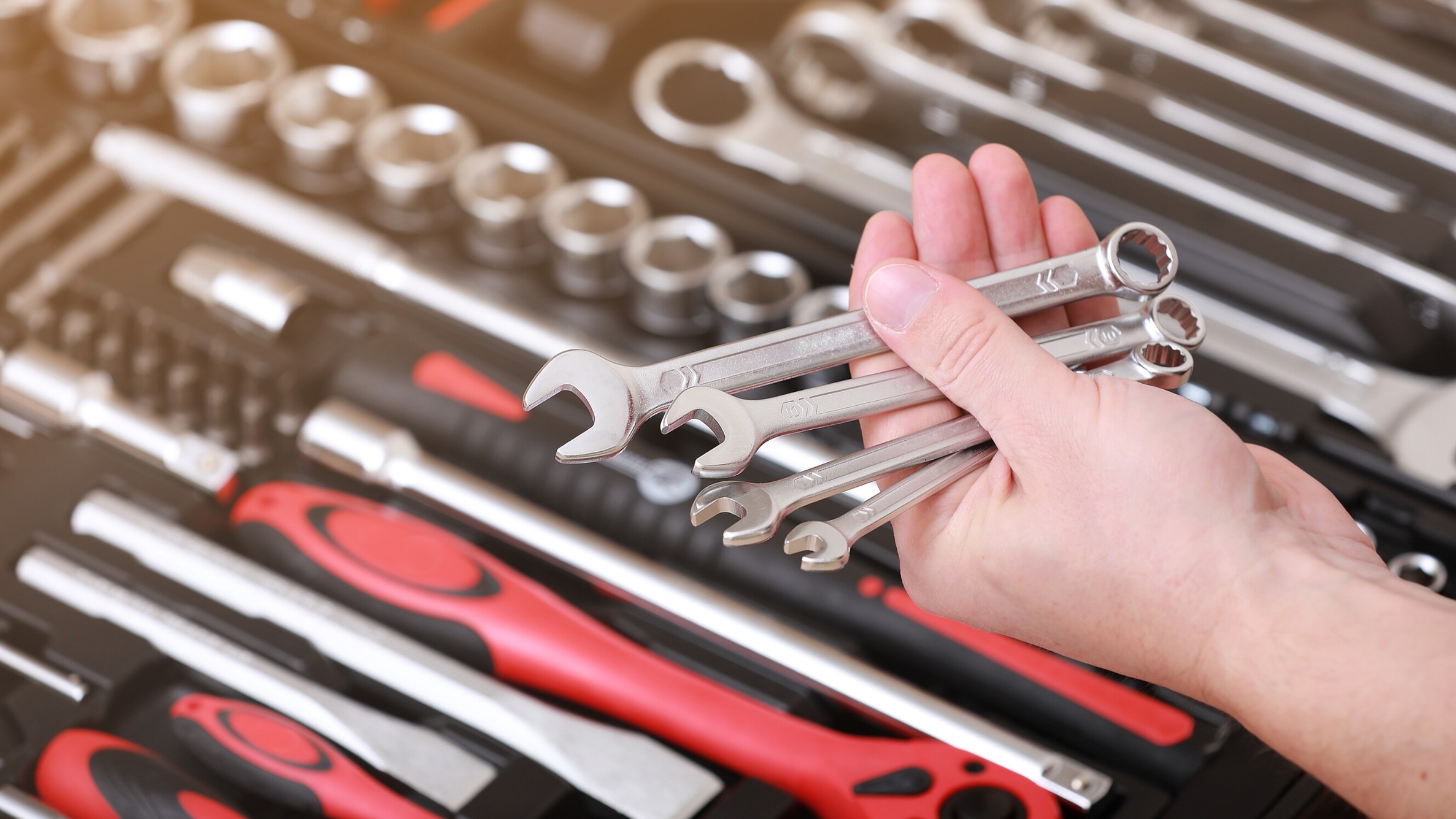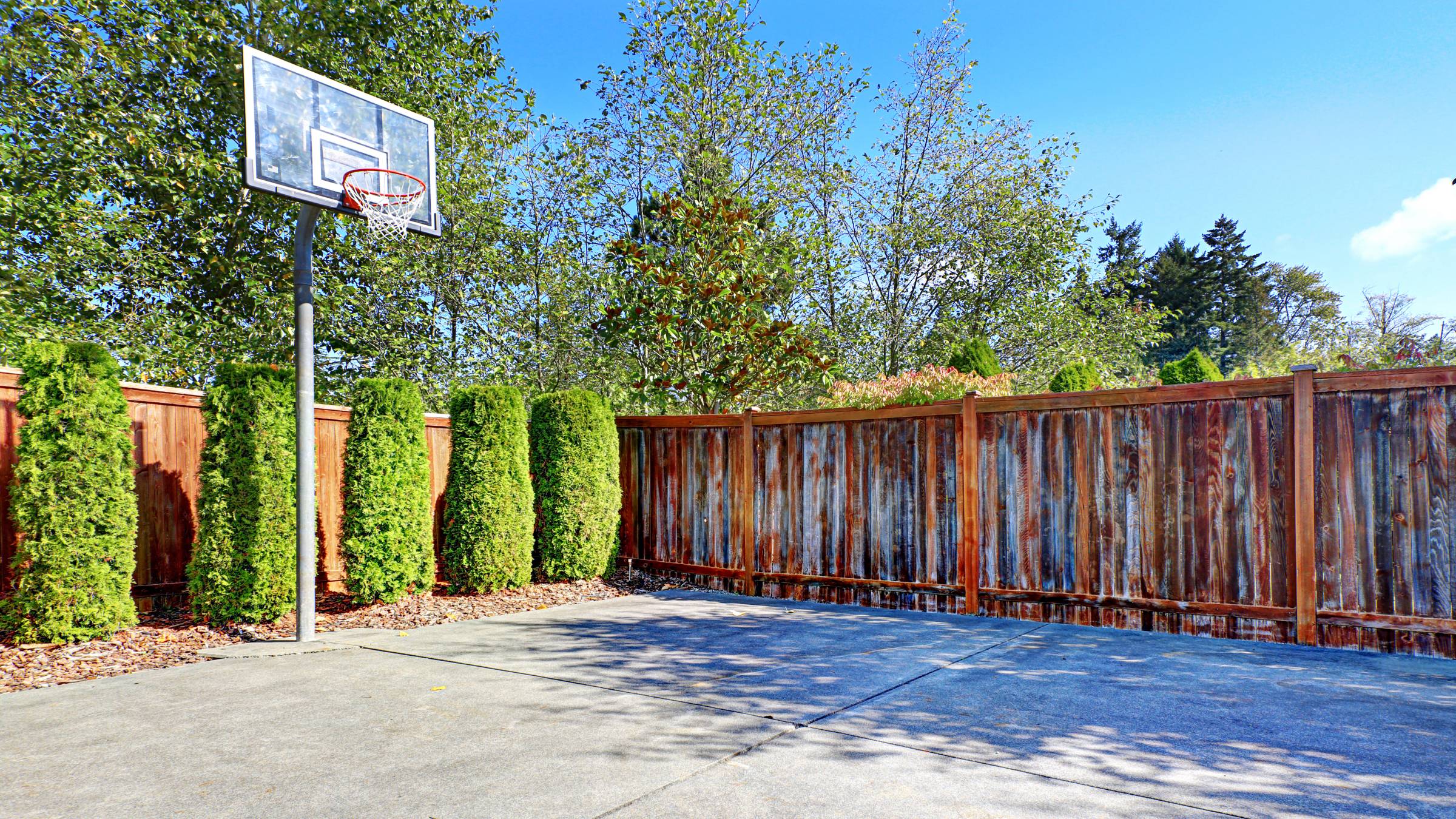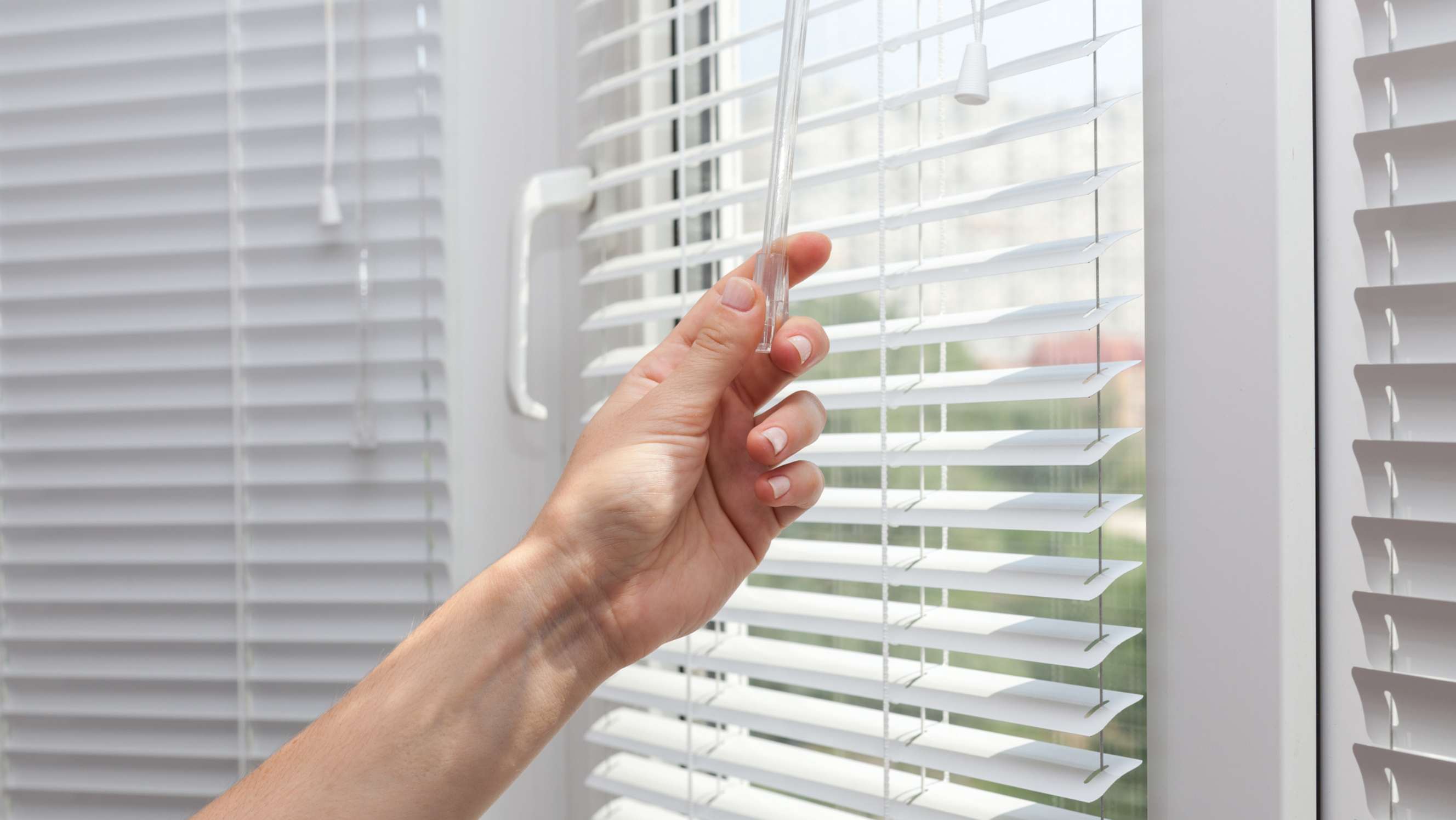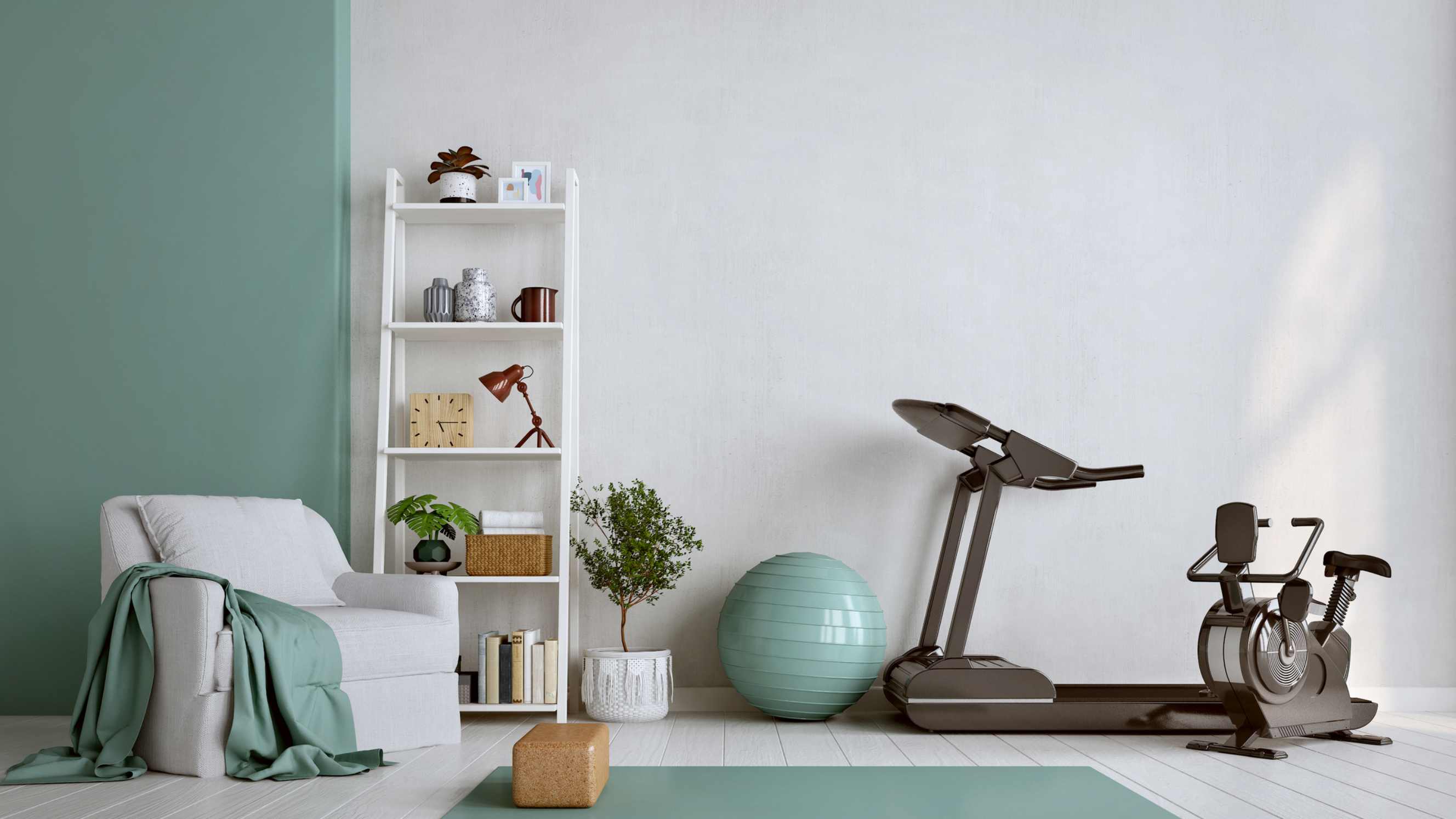- Home/
- Comparisons/
- Assembly/
- Closet vs Wardrobe
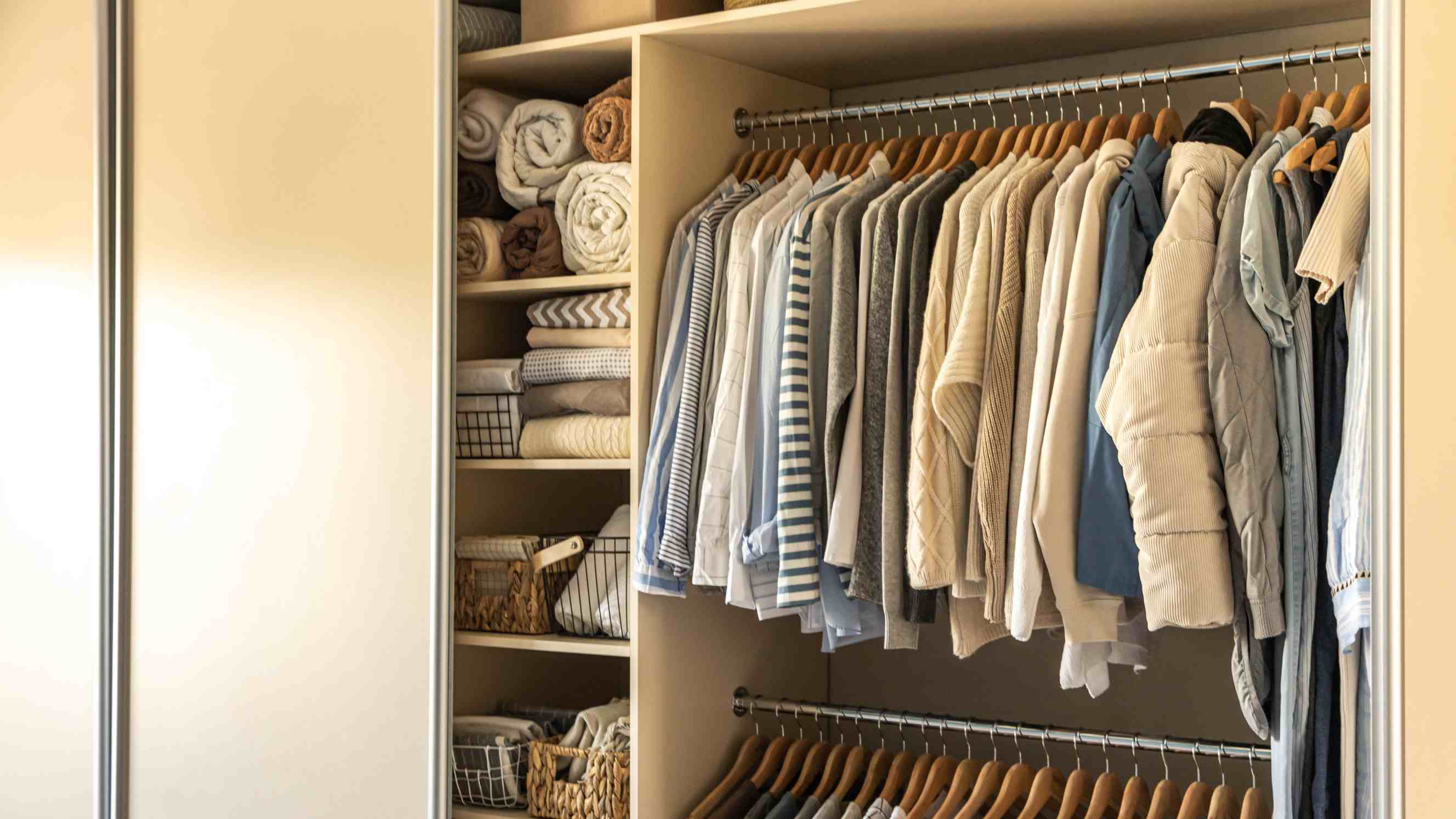
Closet vs wardrobe: Which is the better storage solution?
Comparing closet and wardrobe based on their storage capacity, space utilisation, assembly process, and more.
Hire an expert furniture assemblerLast Updated on

Written by Cielo B.
Staff Writer
Read more about our contributor
Key Facts
- A closet is an enclosed space integrated into a home’s structure. It comes in two types: a reach-in closet and a walk-in closet.
- A wardrobe is a standalone storage furniture with doors, shelves, and a hanging space. It’s portable, allowing you to move it around the room easily.
As you start shopping for storage furniture, you may encounter the terms wardrobes and closets, thinking they’re the same thing. They are commonly used to store clothes, shoes, and accessories, but they have subtle differences that buyers like you need to recognise.
Know how they differ in design, storage capacity, and assembly process in this closet vs wardrobe guide so you can choose wisely when buying furniture for clothes storage.
What is a closet?
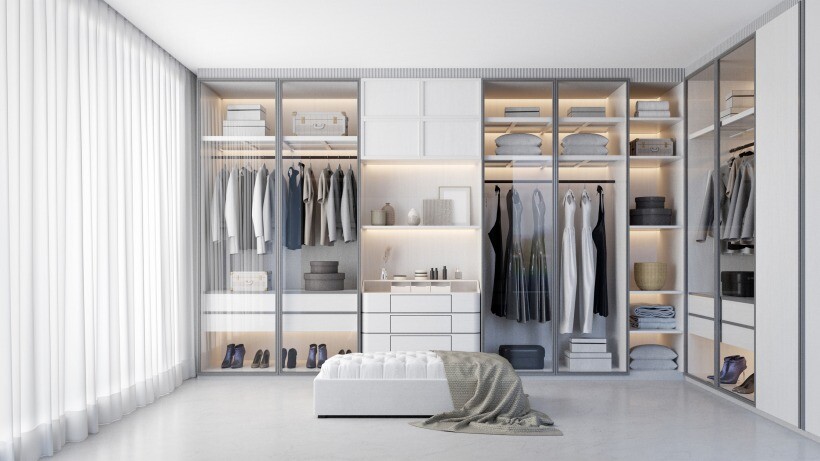
A closet is a permanent fixture built into the home’s structure to store clothes, sheets, and other items in the bedroom. Its doors come in many styles, including standard hinged, sliding, and folding doors.
You can find two types of closets, namely:
Reach-in closet. This type of closet is ideal for apartments and condominiums since it doesn’t take up much space. It has a standard size of 24 inches in depth and is 3 to 8 feet wide. Like other clothes storage furniture, a reach-in closet has a hanging rod and shelves for organising clothes.
Walk-in closet. It’s a small enclosed room used to store clothes. Compared to a reach-in closet, it has more built-in storage options, including drawers, shelves, cabinets, and even storage benches for bigger walk-in closets.
What is a wardrobe?

A wardrobe has doors, shelves, and a hanging rod, similar to a closet. However, it’s not a permanent fixture. Most wardrobes have a standalone design, allowing you to move them around easily. Some types of wardrobes could be built-in, like fitted wardrobes, but they don’t occupy an entire room, unlike a walk-in closet.
Wardrobe vs closet: A comparison of storage solutions
This guide walks you through the factors that differentiate a closet from a wardrobe, helping you decide which storage furniture suits your needs and preferences.
In terms of storage capacity
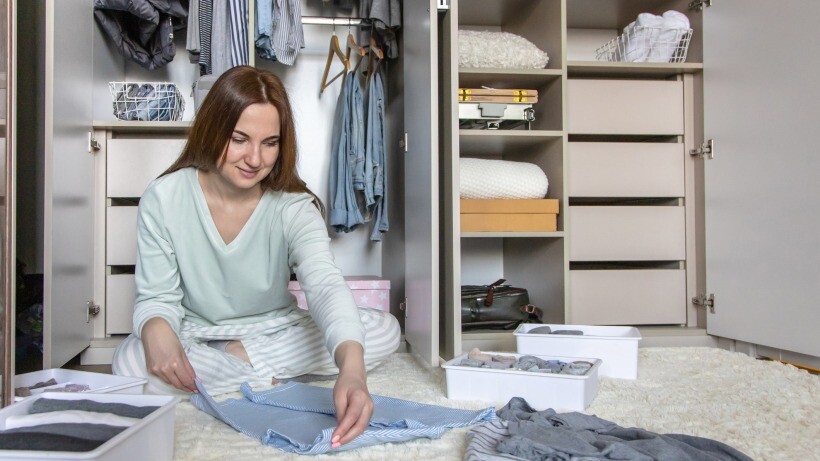
A walk-in closet, in particular, offers more storage space than a standard wardrobe. You’ll have to dedicate a whole room to build a walk-in closet, giving more clothes storage space. Some are large enough to add a mirror and storage bench, doubling the closet as a dressing room.
Although wardrobes come in many types and sizes, they have limited storage capacity, as they have a freestanding design that takes up floor space. You can add a built-in wardrobe and cabinet in a dressing room, but building a bedroom with a walk-in wardrobe is impossible because, as mentioned, wardrobes are designed as standalone pieces.
In terms of space utilisation
Closets are the clear winners when it comes to space utilisation. With their built-in design, they seamlessly blend into a room, utilising unused spaces such as awkward corners and areas under sloped ceilings. So, for bedrooms with a slanted ceiling and irregular walls, adding a walk-in closet can help fill in the dead spaces and provide ample storage space.
Meanwhile, wardrobes have fixed sizes, so they might not fit well, especially if the room has an unconventional shape or has limited space.
In terms of organisation
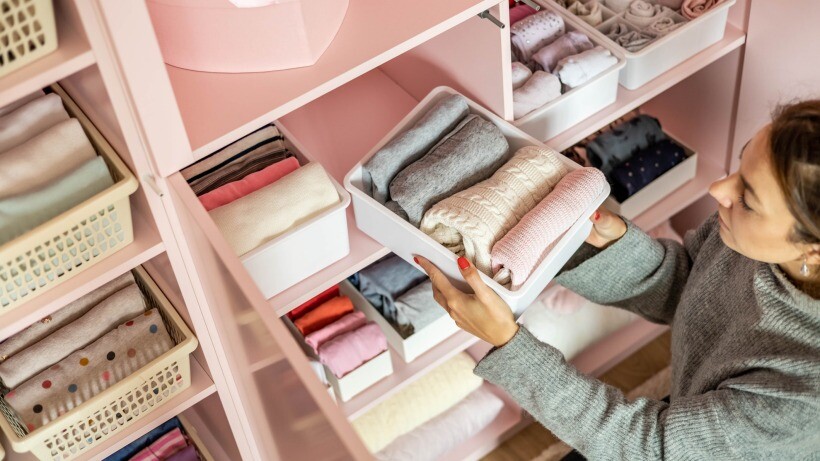
Standard wardrobe furniture has no walk-in space, limiting the items you can store and organise. But the good thing about wardrobes is their flexibility. Since they have a standalone design, you can quickly move them around, which can be helpful when organising and changing your room’s design or layout.
Conversely, a walk-in closet requires you to dedicate a whole room to store your clothes, providing ample space to organise everything neatly. They typically come with built-in shelves, drawers, baskets, and hanging areas, giving you more freedom in arranging your clothes, shoes, and accessories.
However, organising a large walk-in closet can be difficult, especially with a wide clothing and footwear collection. For this reason, consider hiring professional organisers, as they can help you create efficient and functional storage solutions for your walk-in closet.
In terms of customisation
Both closets and wardrobes are customisable storage spaces.
You can add custom shelving, mirrored doors, and specialised drawers for walk-in closets for better organisation and more storage space. However, since they’re permanent fixtures, changing or removing built-in custom organisers can take time and cost a lot.
As for wardrobes, some have a modular design, meaning you can customise them by adding or removing sections. It’s convenient, especially if you need to expand your wardrobe to accommodate your growing clothing and footwear collection.
Moreover, wardrobes come with various materials and finishes, including wood, metal, mirrored finishes, and more. Meaning, you can customise your wardrobe with the material of your choice to match or complement your room decor.
In terms of the assembly process
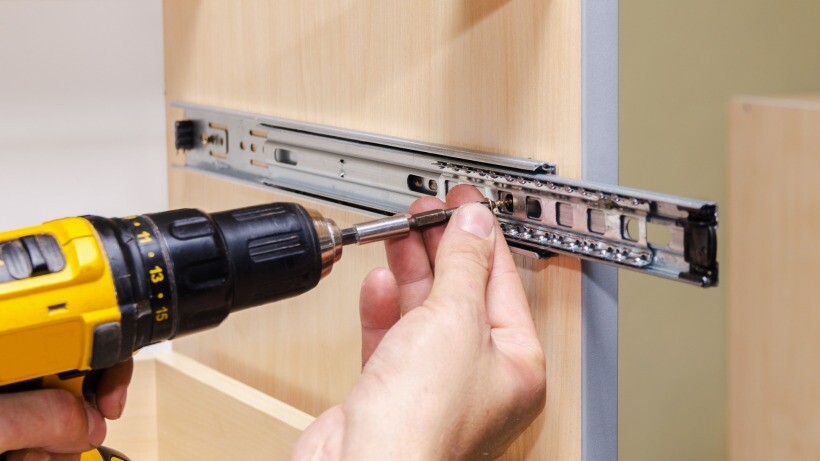
Compared to a wardrobe, a closet has a more detailed design with a complex construction process because it’s an integrated storage solution. Simply put, it’s already part of your home’s construction, so you need professional help from furniture assembly experts if you plan to add a closet as a bedroom storage.
On the other hand, wardrobes are great for self-assembly and DIY installations. With their modular design, you can easily add or remove components, offering more flexibility in the assembly process.
However, it’s best to seek wardrobe assembly services for larger or more complex wardrobe systems to ensure proper construction and safety, especially for wardrobes with sliding doors or integrated lighting features.
In terms of cost
Built-in closets, especially custom walk-ins, are expensive, with prices ranging from £3,000 to £8,000. Although pre-built closets are more affordable, the installation cost can be high because most closets have complex designs.
A more affordable choice would be wardrobes with prices ranging from £100 to £6,000. Custom-built wardrobes cost more than freestanding wardrobes. But still, the design and installation process is simpler than built-in closets. Some models even allow self-assembly, helping reduce your overall cost.
Get expert closet or wardrobe assembly help with Airtasker
Although some storage furniture, like wardrobes, have DIY and self-assembly designs, assembling them takes time and effort. Without professional help, you’ll likely make a mistake, so you’ll have to repeat the entire assembly process.
At Airtasker, you can find many assembly experts ready to assist you. With their help, they can quickly put your walk-in closet or wardrobe together so that you can enjoy an organised and clutter-free home! Post a task now and wait to receive quotes to get an idea of how much their furniture assembly costs are.
Learn more about our contributors

Written by Cielo B.
Staff Writer
Cielo is an experienced content writer who has explored various industries throughout her career. Her expertise, founded on a degree in journalism, includes writing about automotive and vehicle maintenance. She’s an avid car enthusiast who loves driving through lush rural areas with her old (but reliable) manual car. Cielo also covers topics like dressmaking, tailoring, and photography since she is a passionate cosplayer who enjoys dressing up as her beloved anime characters.
Closet vs wardrobe
| Closet |
Wardrobe |
|
| Storage Capacity |
Larger; ideal for extensive storage |
Smaller; standalone design limits capacity |
| Space Utilisation |
Built-in; can maximise room space |
Fixed-size; may not fit well in all spaces |
| Organisation |
Provides ample space and built-in options for neat organisation |
Easier room reorganisation due to its flexible and movable design |
| Customisation |
Customisable but altering is costly |
Modular; easily customisable |
| Assembly Process |
Complex; professional assembly needed |
DIY-friendly; simpler assembly |
| Cost |
More expensive; especially for custom walk-ins |
Allows self-assembly so generally more affordable |
FAQs on closet and wardrobe
A storage furniture that is both a wardrobe and a dresser is called an “armoire”. It's a tall, freestanding cabinet with a bulkier and more complex design. Like most closets, it also features hanging rails, shelves, drawers, and compartments, accommodating various storage needs.
Compared to a wardrobe, an armoire has a more ornate and elaborate design. Moreover, armour is more versatile in function since you may also use it as an entertainment centre, adding storage for various household items. Meanwhile, you may only use wardrobes to store clothes, shoes, and accessories.
A wardrobe is a standalone, freestanding piece, while a dressing room is an enclosed space that may have a vanity area, shelves, cabinets, and other organisation systems.
It depends on the individual preferences and specific needs of a homeowner. But to give you an idea, a fitted wardrobe is excellent if you want custom-built wardrobes in your closet. Meanwhile, a modular wardrobe is ideal for expanding or reducing storage. Other wardrobe types, like sliding wardrobes, are space-saving and great for minimalist homes.
Find assembly service, fast
Post a task
Related articles
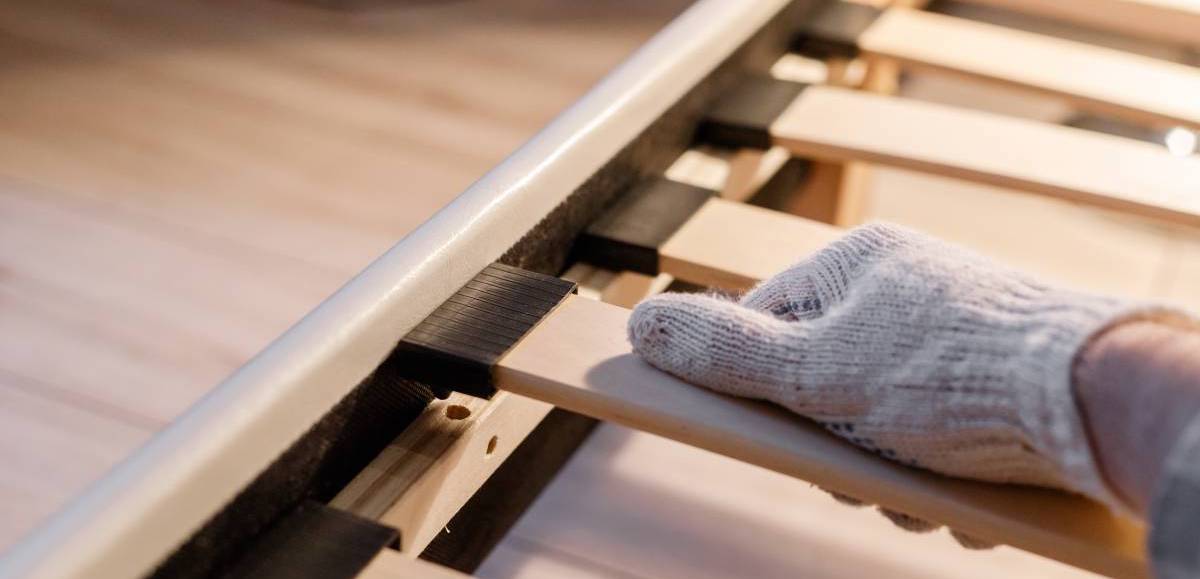
5 Steps to disassemble a bed frame
Read more

